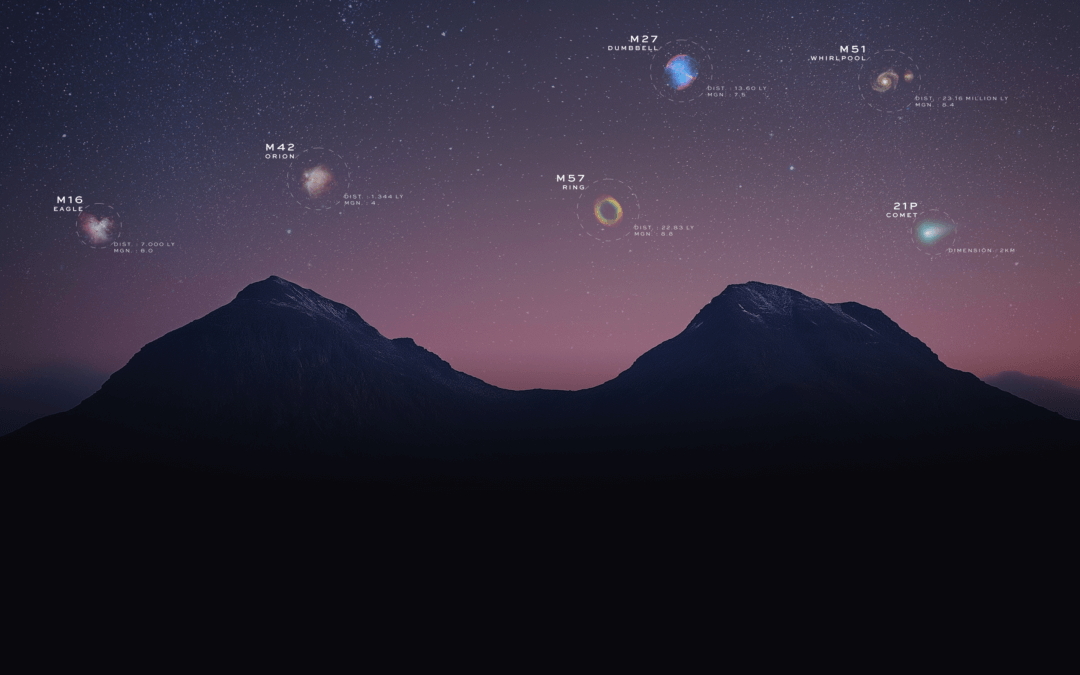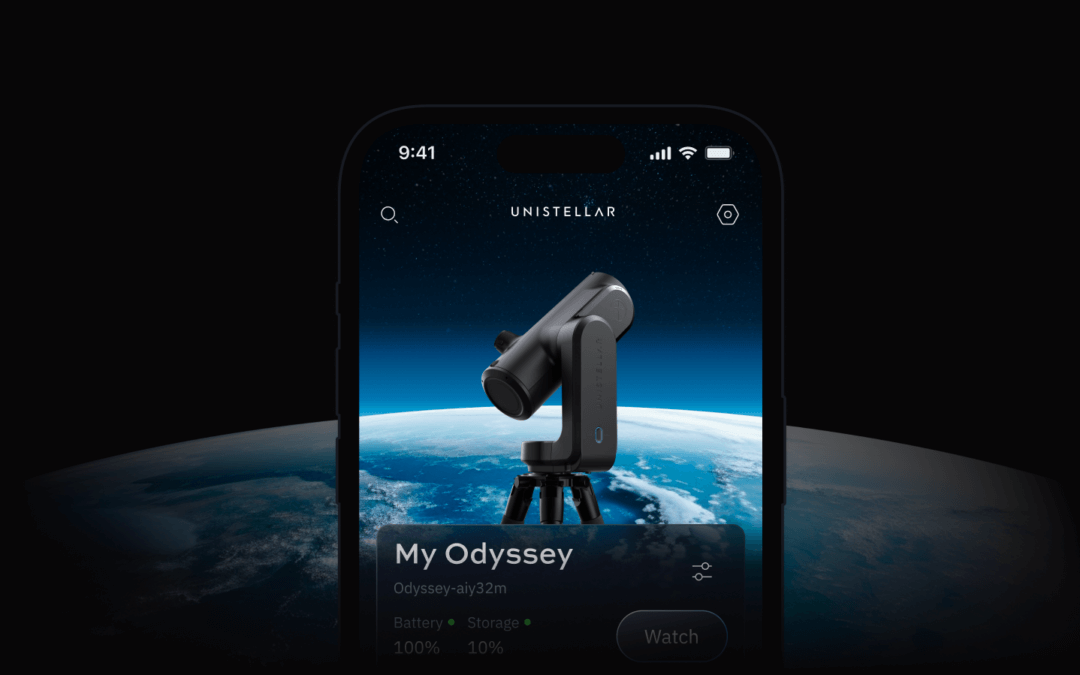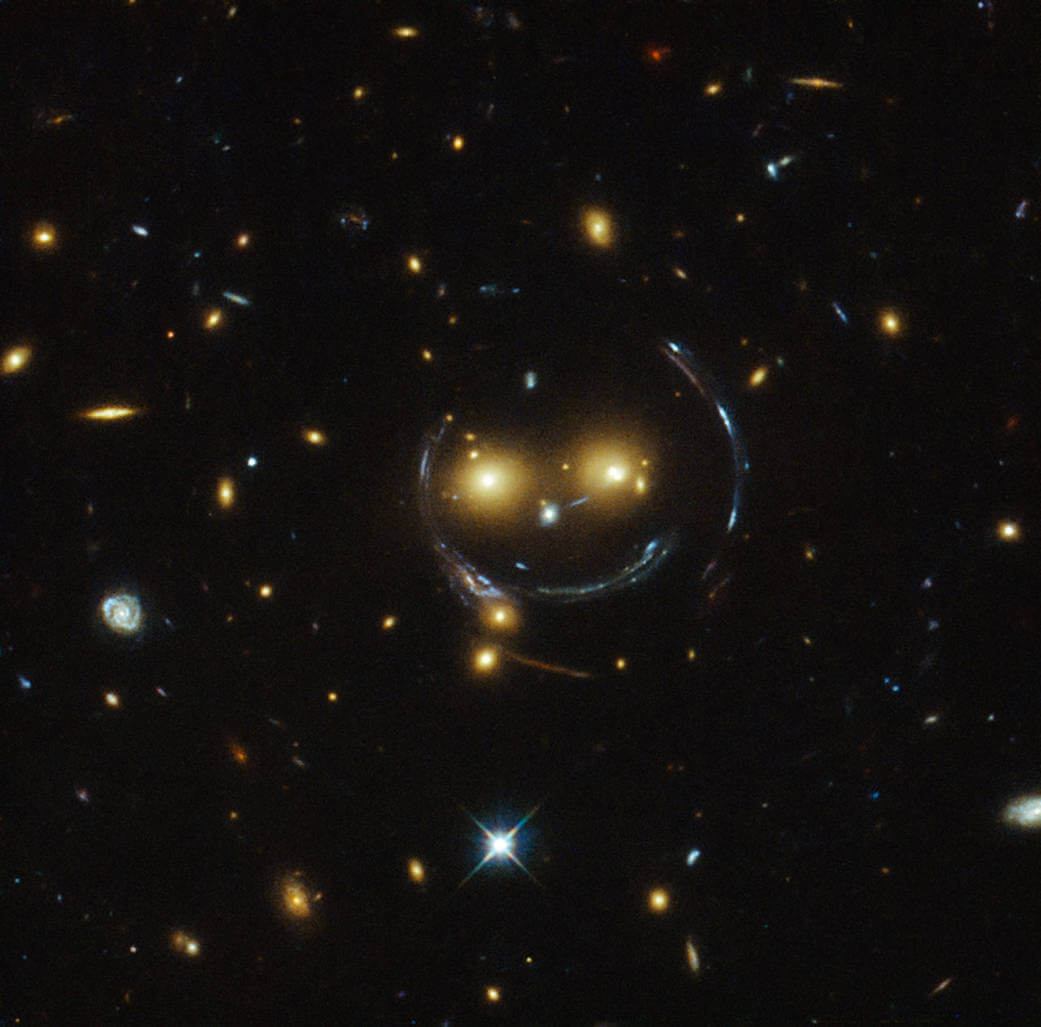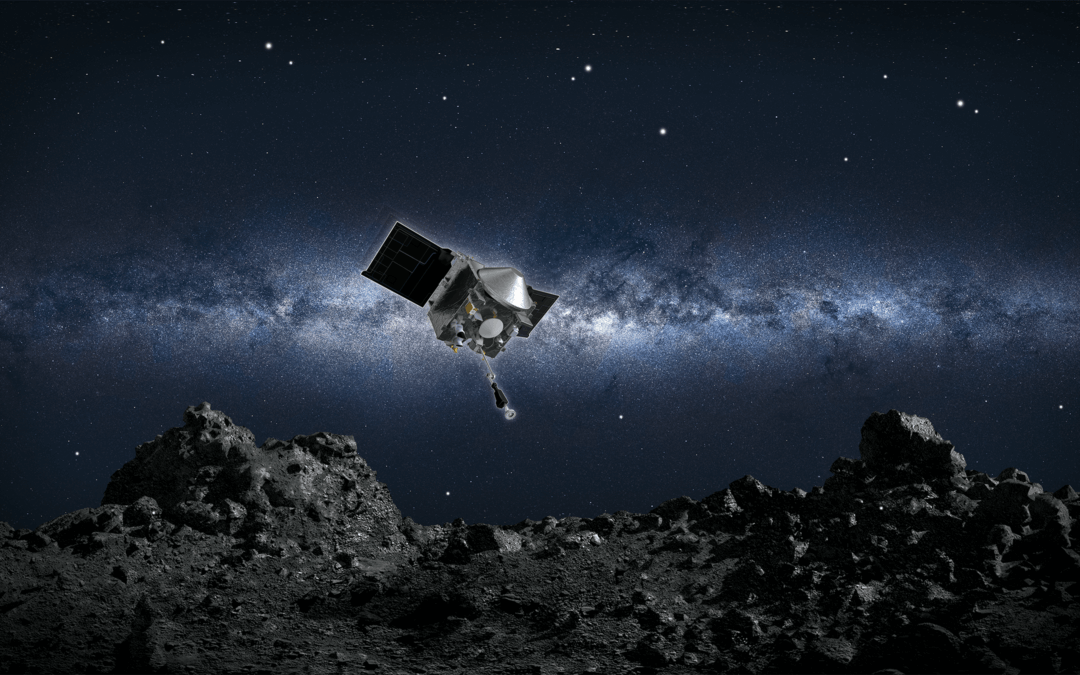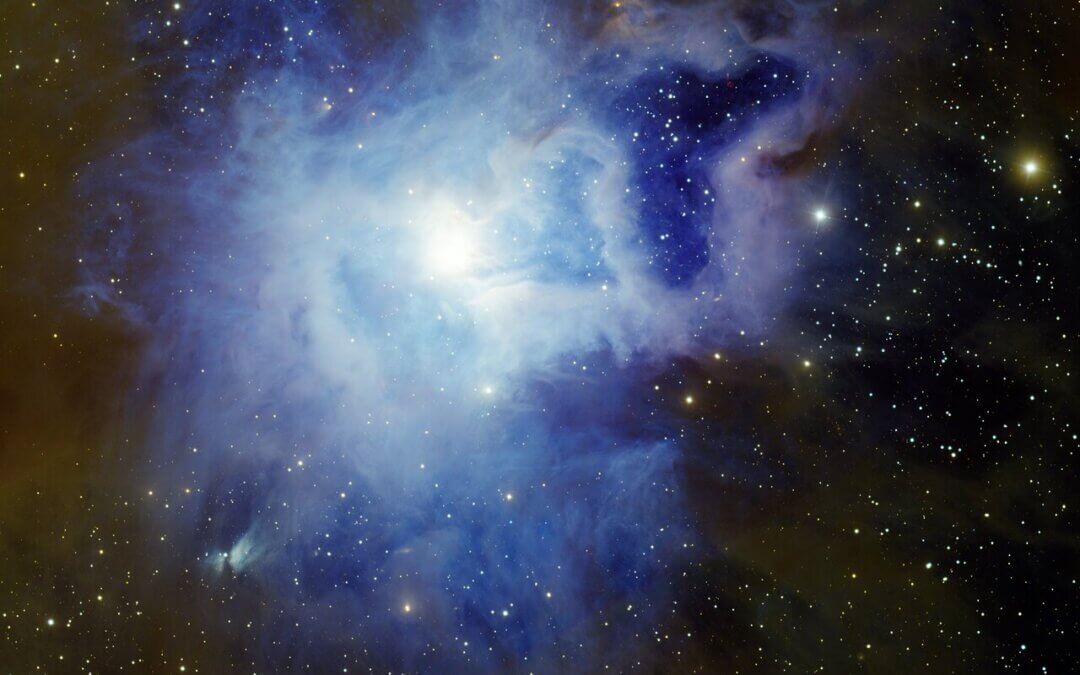Update: The Unistellar Network successfully observed OSIRIS-REx! See below for some of their observations. Left – Darren Rivett in Australia observed OSIRIS-REx just minutes before it released the capsule of asteroid samples. Right – Keiichi Fukui in Japan observed the spacecraft as it sped away from Earth after the release.
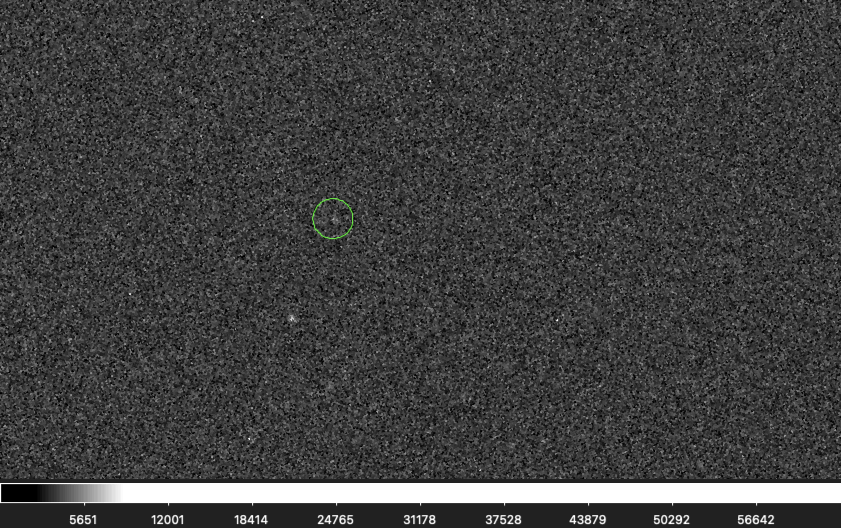
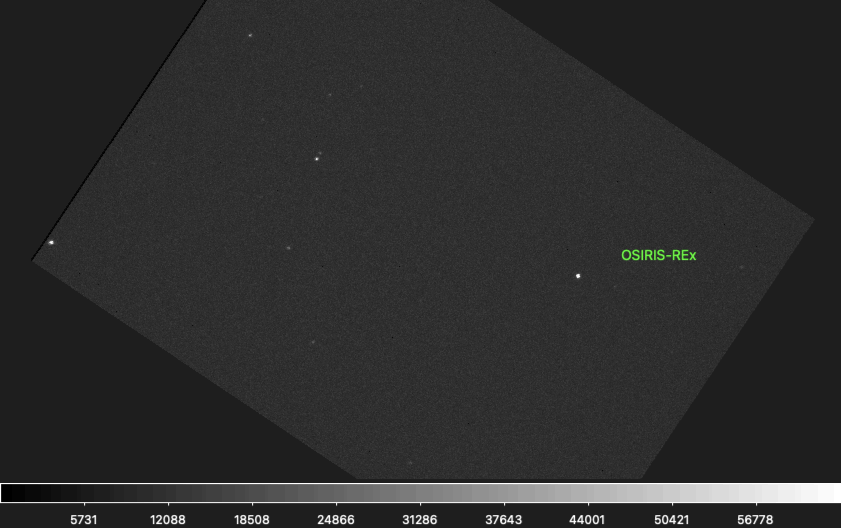
Journeying millions of miles from Earth, navigating the vast, cold expanse of space, and finally touching an ancient celestial body—this isn’t the plot of a sci-fi novel, but the real-life saga of NASA’s OSIRIS-REx (Origins, Spectral Interpretation, Resource Identification, Security-Regolith Explorer). This mission, launched in September 2016, wasn’t just about reaching the near-Earth asteroid Bennu; it was about extracting a piece of our Solar System’s history.
The highlight of the OSIRIS-REx mission occurred in October 2020, when the spacecraft executed a “Touch-And-Go” (TAG) maneuver with Bennu. During this intricate operation, the spacecraft briefly touched the asteroid’s surface to collect a sample. The success of this operation was monumental, marking the first time NASA collected a sample from an asteroid. And on September 24, just over 7 years from its OSIRIS-REx’s launch, that piece of Bennu is coming back home.
Why Potentially-Hazardous Asteroid Bennu?
Bennu was not chosen by accident for the OSIRIS-REx mission; its selection was the result of careful consideration and scientific motivations. As a carbon-rich asteroid, Bennu may carry clues to the origins of life, since carbonaceous material is believed to be a key ingredient in the primordial soup that led to life on Earth.
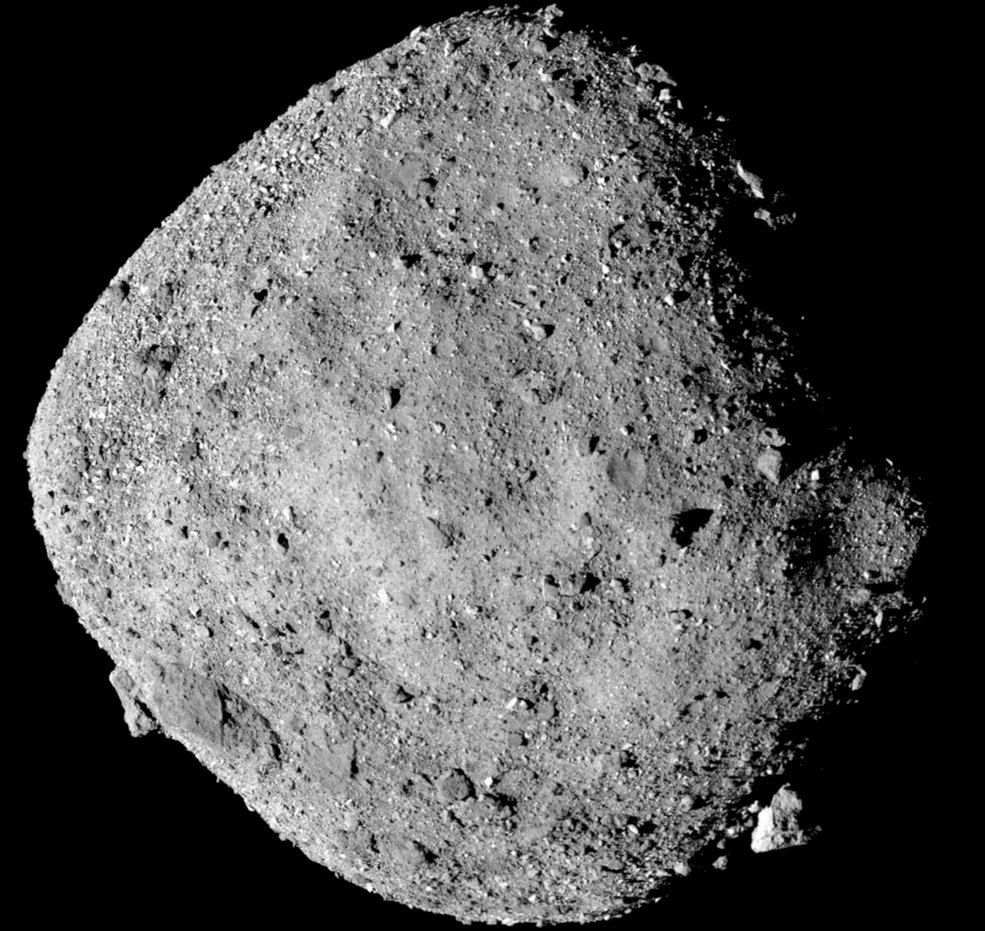
PHA Bennu imaged by Osiris-REx right before arrival. Credit: NASA/Goddard/University of Arizona
Since it has been preserved in the vacuum of space for billions of years after its birth in the Asteroid Belt, Bennu acts as a time capsule carrying the history of the Solar System. Therefore, studying its composition can provide scientists with a peek at the materials present when life formed on Earth. This, in turn, can help us understand the processes that might have led to the formation of organic molecules, and possibly even life, on our planet.
Bennu is a nearby and also sizable asteroid at about 500m in diameter, which makes it not only a near-Earth asteroid but a potentially hazardous one! Furthermore, Bennu’s orbit carries a slight risk of impacting Earth in the late 22nd century (don’t fret – there’s only a 1 in 2,700 chance of impact between the years 2175 and 2199!) so studying it up close also provides valuable planetary defense data about its prior interactions and future trajectory. Between its size, suspected composition, and placement, Bennu is the perfect target for OSIRIS-REx.
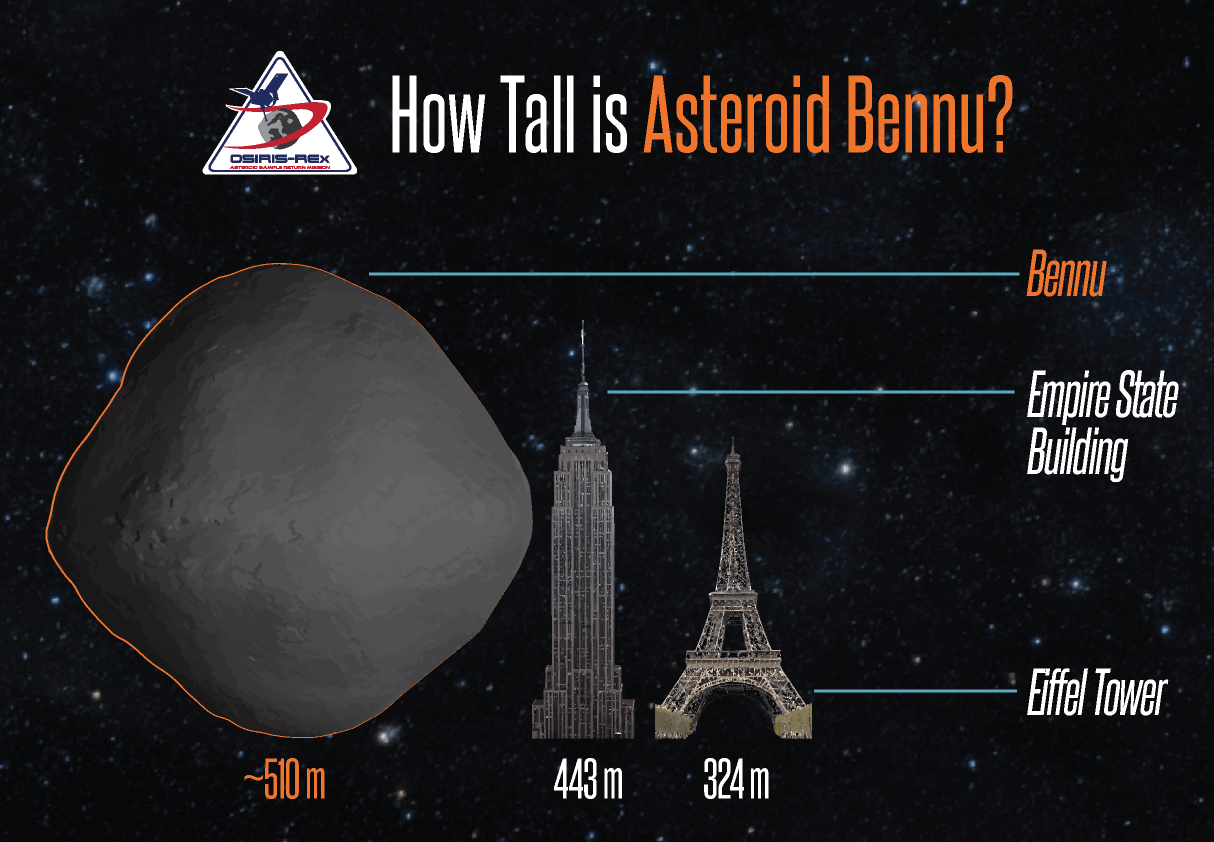
Asteroid Bennu’s size compared to famous landmarks. Credit: University of Arizona
The OSIRIS-REx Mission
OSIRIS-REx took over 2 years to reach its target over a million miles away, but the result was well worth the wait. Once the craft reached Bennu in December 2018, it spent its time mapping out the asteroid so that the mission team could pick the best spot to extract a sample. The team eventually settled on site in a recently formed crater that would allow them to safely obtain the most pristine sample possible, one that holds the history of Bennu. On October 20, 2020, the OSIRIS-REx mission made NASA history when it successfully gathered enough material from Bennu during its TAG maneuver.
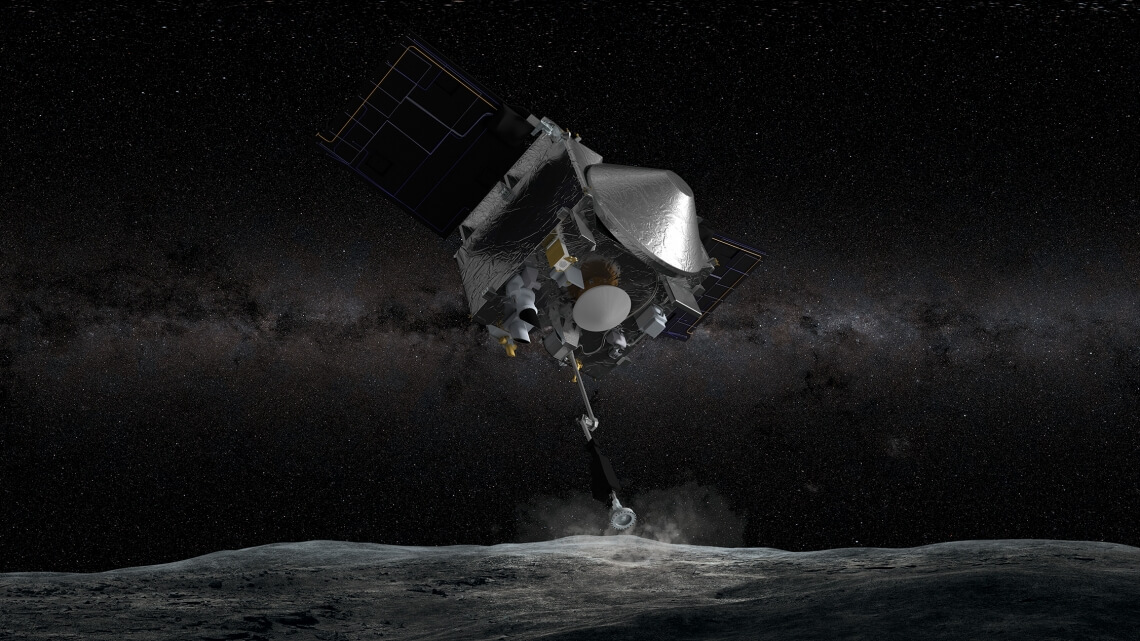
An artist’s conception of OSIRIS-REx making contact with Bennu during the “TAG” Manuever. Footage of the TAG manuever from OSIRIS-REx is available – and it’s as cool as it sounds! Studies show that, because Bennu is a rubble-pile asteroid, OSIRIS-REx could have fallen into it after the maneuver if it had not thrusted in the opposite direction. Credit: NASA/University of Arizona
After completing some more scientific observations, OSIRIS-REx made its way back home in April 2021. Now for the exciting part – it’s due to reach Earth on September 24, 2023, where it will release its precious cargo at 10:42 UTC! But it won’t be slowing down in order to make the historic dropoff – instead, as it flies 63,000 miles (102,000 km) over the Earth’s surface, it will release the capsule of Bennu samples. After 4 hours of hurtling through space, the sample capsule will finally enter Earth’s atmosphere at 14:42 UTC. From high in the sky it will drift to the ground helped by a series of parachutes, landing approximately 13 minutes later at the US Department of Defense’s Utah Test and Training Range where it will be collected by scientists anxiously awaiting its arrival.
Only 20 minutes after the sample capsule is jettisoned into space, the OSIRIS-REx spacecraft will divert away from Earth as it heads towards its next target, near-Earth asteroid Apophis, ushering in the new age of OSIRIS-APEX (OSIRIS-APophis EXplorer). Although Apophis is not as large as asteroid Bennu, it is scheduled to come within 20,000 miles (32,000 km) of Earth in 2029. OSIRIS-REx turned OSIRIS-APEX will take advantage of the opportunity and orbit Apophis after the approach, studying its surface and looking for any disturbances caused by its Earthly flyby.
How Can You Observe OSIRIS-REx?
Various locations on Earth will be able to catch OSIRIS-REx for a short time as it gets in position to drop the capsule at 10:42 UTC (we encourage you to observe at the moment of release! If you want to try to observe the capsule, scroll to the bottom of this section). You can continue to observe OSIRIS-REx for several hours after the release as it diverts away from Earth and towards Apophis. In summary, the visibility window lasts from about 09:00 to 14:00 UTC, with best visibility occurring between 10:00 and 12:00 UTC.
At approximately 09:00 UTC, OSIRIS–REx will be getting closer to Earth and therefore bright enough to observe. Check the map below to see if it will be visible to you at this time – if you are in the blue area, you should be able to see it!
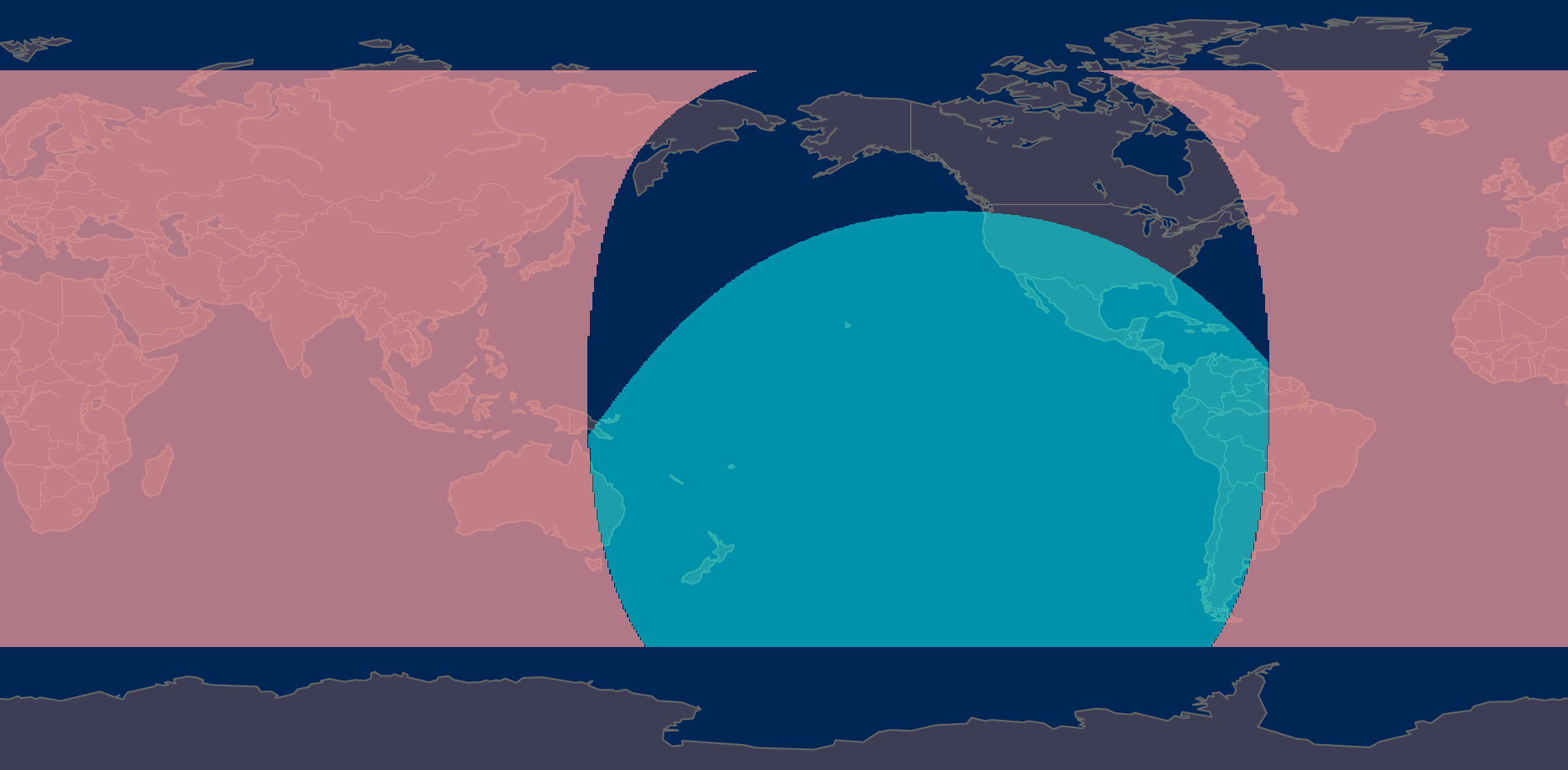
A visibility map of OSIRIS-REx at 09:00 UTC on September 24. The pink areas mark daylight, but anyone located in the blue region should be able to see the spacecraft at least 10 degrees above the horizon.
Several hours later at approximately 13:00 UTC, OSIRIS-REx will have set for the Americas but will be visible from Japan and the West coast of Australia. By the time it is visible to these locations, it will be moving very fast as it heads towards its next target, so the spacecraft may leave the field of view after only a few minutes – catch it while you can!
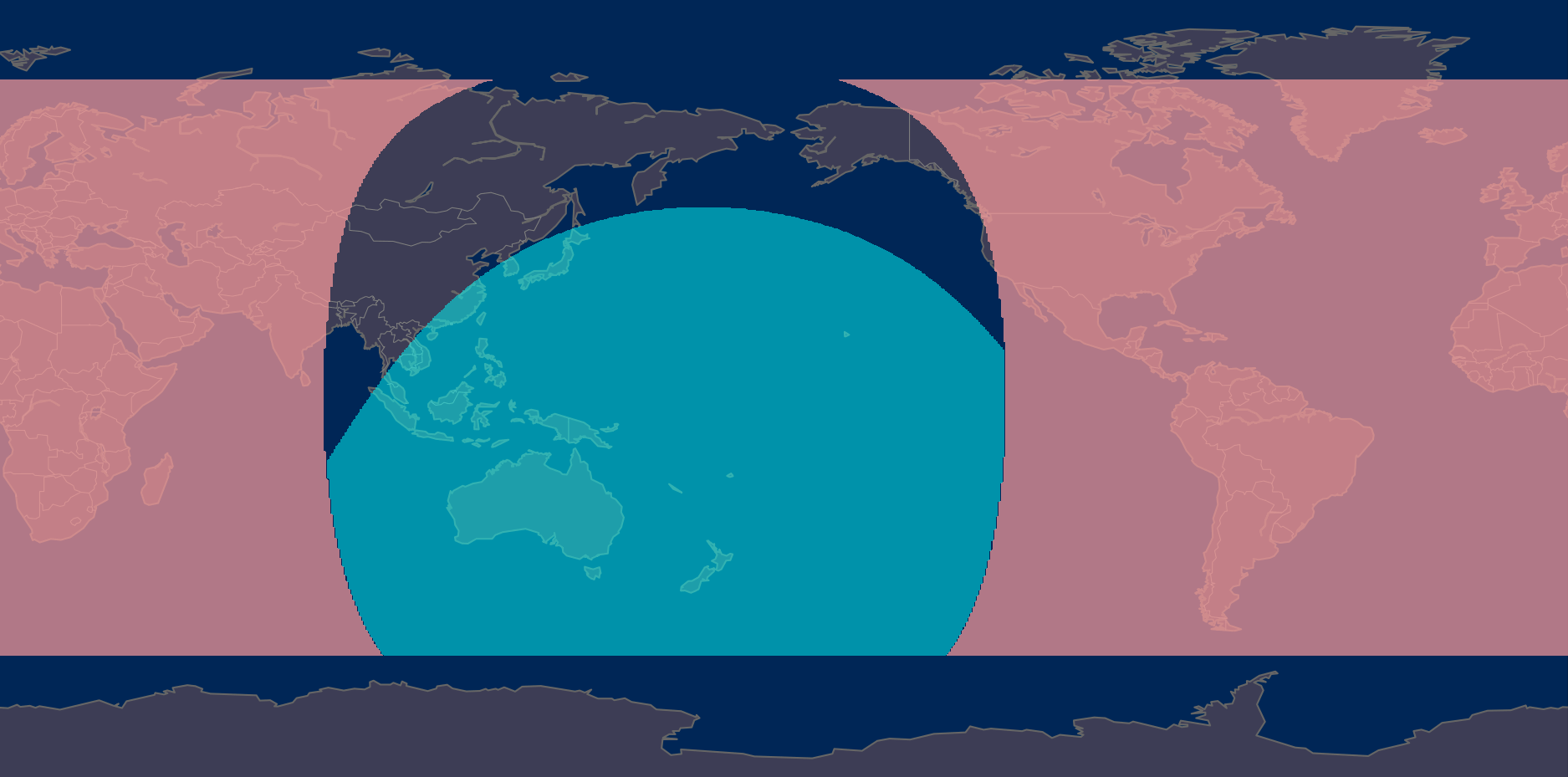
A visibility map of OSIRIS-REx at 13:00 UTC on September 24. By this point, OSIRIS-REx will be moving very quickly as it diverts its path towards Apophis.
To observe OSIRIS-REx with your Unistellar Telescope, follow the instructions on our Planetary Defense Tutorial page and scroll down to option B: The Planetary Defense target is not in the Unistellar App’s database. This will instruct you on how to use our Moving Target Ephemeris page to plan your observation of OSIRIS-REx using the Planetary Defense science mode. This page will provide Deep Links that open the Unistellar app and contain all the observing parameters you need to make a 10-minute long science observation. Notice that the Deep Links will only be available when the target is visible to you – if the target is not visible, a crossed-out eye icon will appear. You can therefore use the Ephemeris page and this feature to determine exactly when OSIRIS-REx will be observable from your location.
Because OSIRIS-REx will be moving so fast, we suggest that you plan your observation ahead of time. For instance, if you use the Moving Target Ephemeris page to generate a Deep Link for September 24th at 09:00 UTC, make sure that you are outside and have already clicked GoTo so that your telescope is aimed at the correct location by 09:00! We also encourage you to take Enhanced Vision images, as you may see OSIRIS-REx streak across the field of view.
If you would like to try to observe the OSIRIS-REx capsule, which is also on the Moving Target Ephemerids page, check out the youtube video below. This is a special observing case which will require some special steps, so follow the instructions outlined in the video and check out our Citizen Science Slack Workspace to communicate with other observers seeking to view the event. If you have any questions, please reach out to us at [email protected].
Further readings
今月の観測すべき3つの理由 – 2025年3月
The latest Unistellar App Update, version V3.0, is now live. Explore a smooth stargazing experience !
Unistellar Community Included In Multiple Scientific Papers
Did you know Unistellar Citizen Astronomers are often cited in published scientific papers? Find out how you can contribute too!
Unistellarアプリのアップデート:バージョン3.0
UNISTELLARアプリの最新バージョンV3.0がリリースされました。スムーズな星空観察をお楽しみください!
Halloween Observing Guide: Spooky Deep-Sky Objects
These Halloween deep-sky objects will add some light to those dark, spooky nights. Treats, tricks, and telescopes await!
See OSIRIS-REx, NASA’s First Asteroid Sample Return Mission, as it Drops off Pieces of Asteroid Bennu
NASA's first asteroid return sample mission, OSIRIS-REx, is headed back towards Earth with precious cargo. Join us in observing it Sept. 24!
Fall Into Cygnus and More With September Deep-Sky Objects
Unistellar’s September targets include a bevy of star clusters and nebulae of all sorts. Celebrate stars in all stages of life this month!
